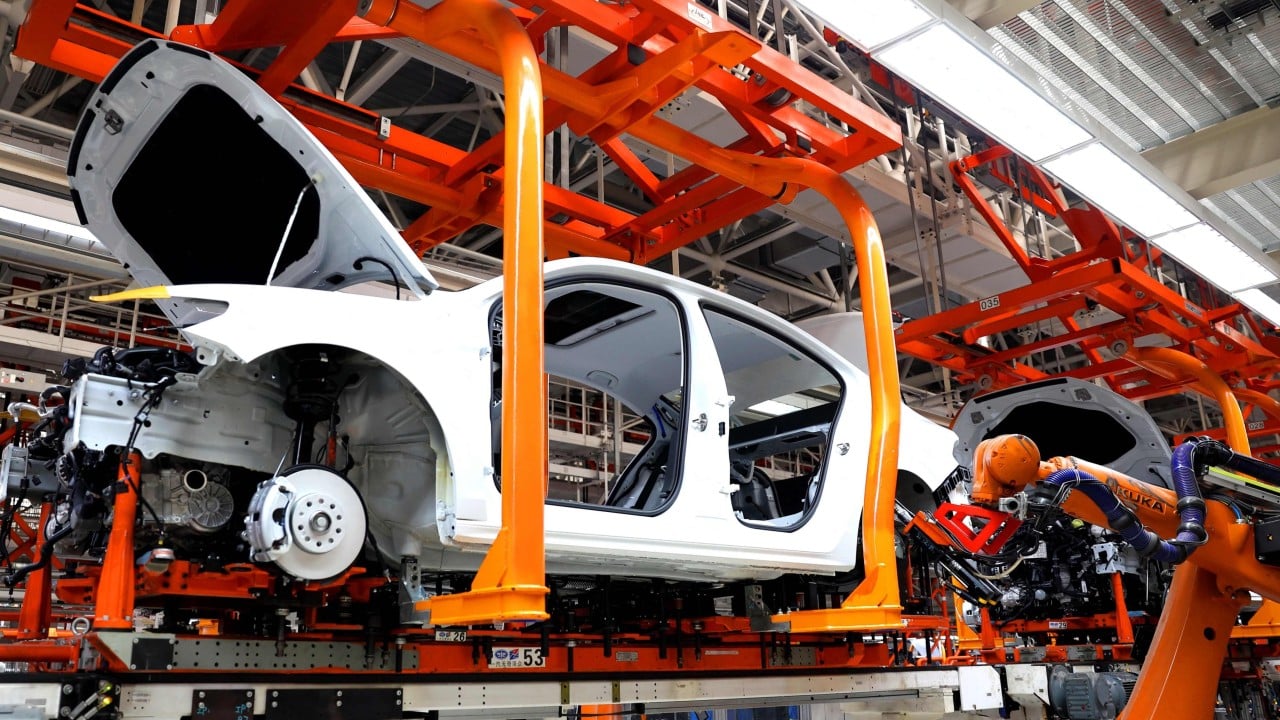China has made significant progress in multiple industries under its “Made in China 2025” plan that Beijing initiated a decade ago, but the state-led initiative remains controversial on the global stage amid an escalating trade war with the US.
Advertisement
In the latest China Future Tech webinar, South China Morning Post technology editor Zhou Xin, Political Economy Editor Jasmine Wang, Science News Editor Stephen Chen and Political Economy Correspondent Ralph Jennings discussed major questions surrounding the ambitious plan as it concludes this year, and what to expect from China’s policymakers ahead of their gathering in Beijing in early March.
What has China achieved under “Made in China 2025”?
When China’s State Council issued the policy in May 2015, calling it the country’s first 10-year action plan focusing on promoting manufacturing, China still stood at the low end of the global value chain, producing mostly cheap goods. Most cars on Chinese roads were made by Western carmakers, and both the hardware and software of computers and mobile phones were largely designed in the US.
Amid global pushback, the Chinese government has publicly downplayed the “Made in China 2025” agenda in recent years, but it has still led to profound changes in the domestic economy. Electric vehicles from local brands are popular among Chinese consumers, and the China-made C919 passenger plane has begun to serve some of the busiest routes.
While China still lags in areas such as high-end semiconductors and aerospace, a Post analysis in April last year found that the country has achieved about 86 per cent of its goals.
What role did the government play in China’s progress in technology and manufacturing?
The government’s support measures came through a combination of top-down policy support, fiscal support in the form of tax rebates, resource allocation for basic research and fostering talent.

